Tom Ewing, EAA 446994, was one of the original group of 12 people who first met in 1981 to start what would become UPS Airlines, now one of the largest cargo airlines in the world. Few others can understand exactly what this group went through and did on a daily basis, so to celebrate their hard work and longtime friendships, many of the original UPS members meet at EAA AirVenture Oshosh and hold a small reunion.
Tom was surrounded by aviation history since birth by a family of military aviators so he has always been fascinated with the stories and legacy. He never knew any other way of living other than in the sky. In 1917, his grandfather was a stateside Curtiss Jenny instructor pilot during World War I at Kelly Field in Texas. His aunt was one of the 80 Navy WAVE navigator instructors duringups WWII — the first U.S. military female air crew members — flying on Douglas R4Ds. His uncle was the commanding officer of the 57th troop carrier squadron in the South Pacific in World War II and flew B-17s, C-47s and C-46s. And his dad was a private pilot.
It was only a matter of time before Tom became a pilot himself. He earned his private pilot certificate at 17 and his commercial rating at 18 with former national aerobatic champion Marion Cole as his instructor. He earned his ATP at 23 and was contracting with UPS from 1978 to 1980 flying high-value shipments here and there when their trucks broke down. Then when Braniff International went bankrupt in 1981, UPS decided to buy nine of their Boeing 727s leading to Tom’s new career as a UPS Airline pilot.
“It was a total shock to all of us,” he explained. “I had no idea that they were going to do this.” “[UPS] called me right after [the press release] came across and they said, ‘we’d like to bring you to Louisville, Kentucky’… that’s where all these airplanes are going to be based. So, I came up there in September.”
Only Tom and one other member were pilots. The rest were part of the infrastructure design team working on the facilities, so the crew had a hard journey ahead of them.
“There were 12 of us who met in 1981 in a vacant field on the south side of Louisville, Kentucky’s Stanford Field. There was no ramp, no infrastructure, no nothing. Only four borrowed offices in an existing UPS building adjacent to the airport,” Tom said. “We started all the air operations for Louisville in 1981 and quickly built the infrastructure … which was a huge job. We were all just overwhelmed. None of us really knew what we were doing. We were just breaking ground as we started this whole thing. I think none of us felt like we were prepared for what we were in for…”
By 1988 UPS became the eighth largest airline in the world. Tom flew the 727 for the first several years, then transitioned to international routes, flying the McDonnell Douglas MD-11, putting in countless long flights and endless hours traveling the world delivering cargo.
“The longest international flight we did on the MD-11 was 16 and three quarters hours from Singapore to Louisville,” he said. “But every international flight I did was typically … 10 to 11 and a half hours.”
Tom loved the travel: from the international capitals to third-world countries, seeing their history, and learning their cultures. “Then you come back and you see people with preconceived notions of what people are like in different countries and different areas… and you just think if you only knew, if you only understood,” he said.
“Most everything I did was all oceanic. It was crossing the Pacific or the Atlantic going to Honolulu, Sydney, Hong Kong, Warsaw, Cologne, Germany, Dubai, all through the Middle East and Asia and Europe,” he said. “Now you have crossed probably eight or nine time zones, but you’ve also crossed the international dateline. So, you’re landing tomorrow and you’re also going from the northern hemisphere to the southern hemisphere. So, you’re going from winter to summer or summer to winter. Oftentimes, everything is just a blur when you’re doing that.”
After years of constant travel, sleep became an elusive luxury — one that could only be found in the sky.
“It got to the point where the only time that I could actually get any sleep was on the airplane,” he explained. On international flights over eight hours long, there is a third pilot to share duties and alternate rest periods. “When you’re cruising at 39,000 feet and the cabin altitude is five to 6,000 feet and the oxygen level is low, and you’ve got the white noise of the wind rushing against a fuselage, it’s easy to sleep.
“Once you’re on the ground and your circadian rhythm is so screwed up, you just can’t sleep anymore,” Tom said. “And that still carries through with me to this day. When you spend 30 plus years with… no circadian rhythm, you don’t get it back.” Even so, Tom said he wouldn’t have traded this experience for anything. He said it was the best career anyone could ever imagined.
Tom retired in 2015 after 34 years of working with UPS Airlines. He now spends his free time volunteering as a B-25 pilot for EAA and attending AirVenture with the people who started the airline along with him, the people who know how UPS came to be and what massive effort it took to be a part of starting the world-renowned airline.



